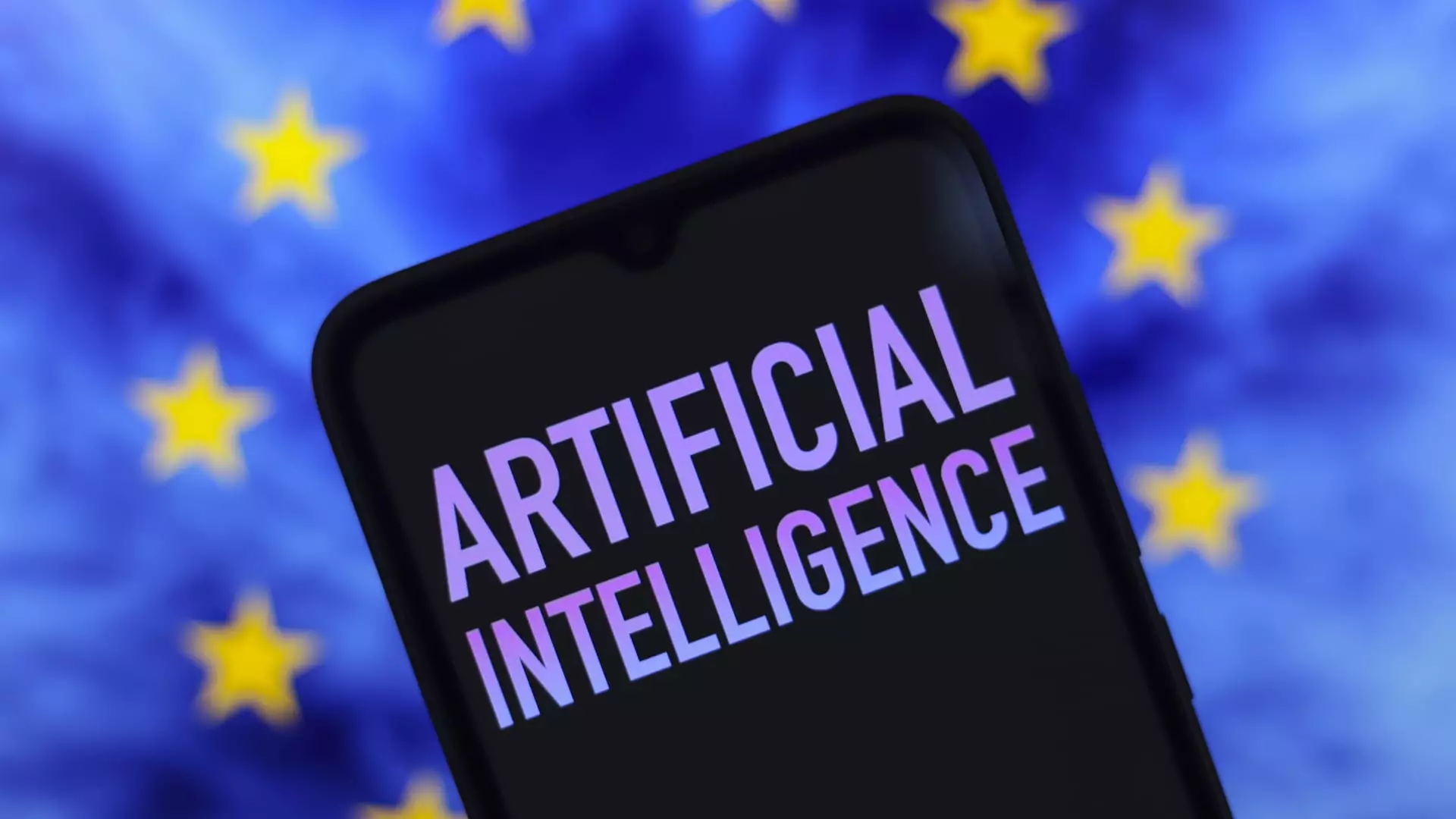The European Union has taken a momentous step in regulating artificial intelligence with the enforcement of the EU AI Act, which formally began on August 2024. This act, heralded as a pioneering effort, seeks to establish a robust framework that governs the deployment and development of AI technologies across member states. As the world grapples with the implications of powerful AI systems, Europe’s approach may set a benchmark, influencing how other regions address the complexities and challenges posed by this evolving technology.
The deadlines set by the EU for compliance under the AI Act have significant ramifications for businesses operating within its jurisdiction. Companies are now officially required to adhere to prohibitions on specific high-risk AI applications that are deemed “unacceptable” to societal welfare. High-profile examples include social scoring systems and real-time facial recognition technologies, especially those that analyze sensitive personal attributes. Non-compliance can lead to exorbitant fines of up to 35 million euros, or an astounding 7% of a company’s annual global revenue—figures that surpass penalties laid out by the General Data Protection Regulation (GDPR).
This rigour signifies the EU’s commitment to safeguarding citizens against potential abuses and risks inherent in advanced AI applications. The underlying concern is that without appropriate regulations, unchecked developments in AI could lead to invasive surveillance and discrimination. Yet while the prospect of hefty penalties looms, the practical demand for compliance brings challenges, as companies brace to navigate the uncertainties around what compliance will entail amid developing standards and guidelines.
Despite the EU’s good intentions, criticisms have emerged from various quarters, particularly among technology leaders and investors who argue that the stringent regulatory framework may dampen innovation. High-profile figures such as Prince Constantijn of the Netherlands have voiced apprehensions over the EU’s regulatory trajectory, suggesting that while there is a place for safeguards, strict regulations may impede the pace of innovation in a fast-moving industry.
This tension between regulation and innovation signals a pivotal moment where Europe must find the right balance. The EU’s approach to AI regulation may encourage a landscape where ethical considerations and technological advancement coexist. The belief held by some that clear rules regarding bias detection and regular risk assessments do not stifle creativity but instead catalyze what “good AI” looks like reflects a growing understanding of responsible AI development.
The establishment of the EU AI Office is a significant milestone in ensuring effective governance of AI technologies. This body is tasked with overseeing compliance with the AI Act and introducing necessary standards that will guide developers in implementing risk assessments and ensuring robust ethical practices. The office recently released a second draft of a code of practice focusing on general-purpose AI models, including notable systems like OpenAI’s LLMs. Such frameworks are critical, yet discussions surrounding exemptions for open-source models spark debate regarding equitable treatment across the AI landscape.
The regulatory journey is only beginning, and as the EU AI Act unfolds, ongoing adjustments will be necessary. Continuous dialogue with industry stakeholders will be essential to create a regulatory environment that remains adaptable in the face of rapid technological advancements.
Ultimately, the EU AI Act represents a landmark shift toward meaningful AI governance. The Act’s clear intent to prioritize safety, transparency, and ethical norms positions Europe uniquely in the global AI race, as it forges a path that could inspire other jurisdictions. The challenge remains to harmonize protective measures with a conducive atmosphere for innovation. As the implications of artificial intelligence continue to reverberate across sectors, the EU’s regulatory framework could serve as a vital model, showcasing how a region can embrace technology while upholding the well-being of its citizens.
In navigating this complex landscape, Europe may not only safeguard its populace against potential AI risks but also foster an innovation ecosystem that aspires to define the future of responsible artificial intelligence.

